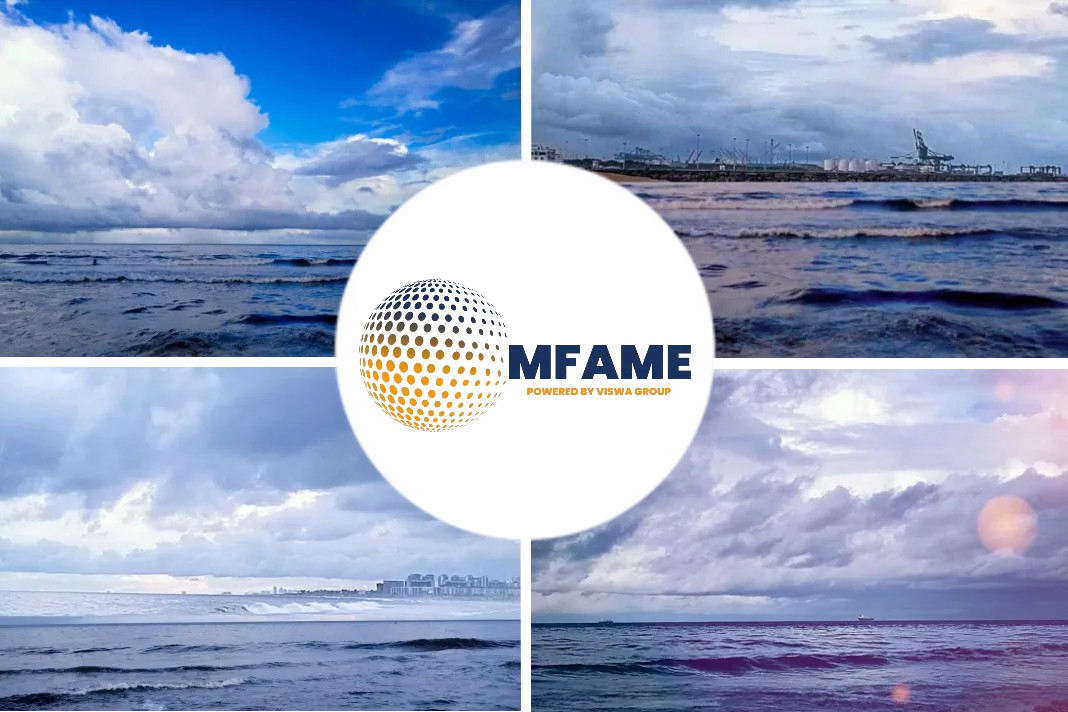Emerging uncrewed threats in the underwater domain bring new challenges for port and littoral security. Ioseba Tena, commercial director at Forcys, outlines some of the key factors those in the maritime sector should consider, reports Ship Technology.
Drones and recent conflicts
Drones have changed the shape of recent conflicts. So much so that allied forces are working against the clock to deliver countermeasures facing up to a vast range of platforms, from small, homemade devices to large, sophisticated uncrewed aerial vehicle (UAV) platforms. These threats have evolved quickly, and forces have had to ensure they have the agility to respond in time.
It doesn’t stop there, it is quickly becoming evident that the underwater space is no longer solely the domain of large, crewed submarine platforms. New actors are quickly emerging including autonomous uncrewed underwater vehicles (UUVs), which bring an entirely new challenge to your subsea defence operations.
Should the development of these UUV platforms reflect even half the pace at which aerial drones evolved, it becomes critical that allied forces are fore armed with the technologies and expertise they need to counter these threats.
An ever-evolving threat landscape
Uncrewed platforms in the underwater domain present an entirely new set of difficulties for friendly forces. To complicate matters further, the environment is almost the perfect blend of protection measures for potential foes where they benefit from cover from subsea terrain and noise, as well as naturally occurring fauna, animals and debris.
Coupled with the fact that threats could range from anything from a sole diver to a large UUV, this makes detection and classification a seemingly insurmountable challenge leaving your vessels, assets and crews extremely vulnerable to attacks.
Although there is still no clear evidence of UUVs taking an offensive role in underwater conflicts, this does not mean that navies can rest on their laurels. The fact is that these platforms are continually evolving and new subsea platforms designs will soon be operational. This means that your countermeasures and detection technologies have to be able to keep with the pace of these new capabilities.
Surface vs subsea environments
In busy ports and harbours, vessels and crews are under substantial danger, with traditional detection systems like cameras and radars offering very little visibility underwater if at all. This makes the reliable detection of underwater intruders of any form a notoriously tricky problem, but in the case of subsea drones that are small and extremely quiet, it can seem almost impossible. Fortunately, acoustic sonar systems can be deployed to stand up to them.
Confined spaces in ports and harbours are notoriously difficult, noisy acoustic environments. The vessels themselves are sources of noise as they come and go. In addition, shallow waters create a complex thermal structure affecting the sound velocity profile that in turn limits the performance of your acoustic systems.
Only by making the right design choices, it is possible to detect hostiles using sonar. Once a target is detected, it must also be classified and distinguished from marine fauna, otherwise potential foes could be missed, or crews sent to investigate harmless objects in dangerous environments. Telling apart a harbour seal from a terrorist diver or UUV is a determination that must be made correctly, or the consequences could be dire.
Knowledge is power
Understanding the threat landscape in the undersea domain is vital to help track, identify and accurately classify detections. It’s not just sonar returns that are of interest, their behaviour and signal patterns help to make well-rounded decisions on targets.
Working with our technology partners, Forcys offers expert insight to address these challenges. Forcys brings together capabilities that deliver remote, autonomous, and networked detection, identification, and classification of underwater threats. This means that as a customer you get improved situational awareness and actionable data.
With effective threat detection and classification in place, navies are best able to keep assets and personnel safe on operations. By combining our in-depth technical knowledge and understanding of the underwater environment with our ability to analyse, identify and classify a range of new threats, you can stay one step ahead of potential foes and ensure safe operations anywhere in the world.
Did you subscribe to our daily Newsletter?
It’s Free! Click here to Subscribe
Source: Ship Technology
















